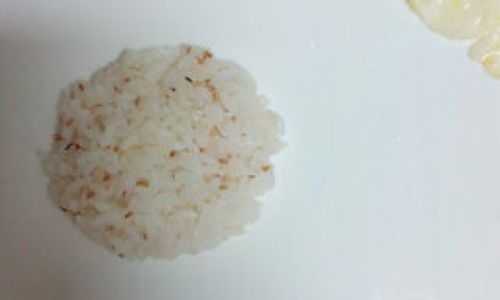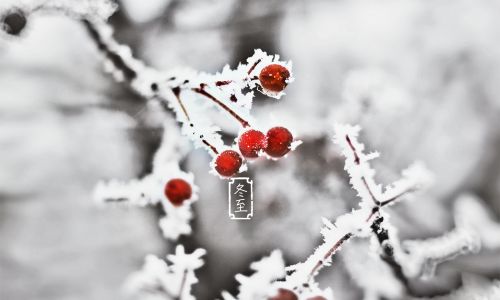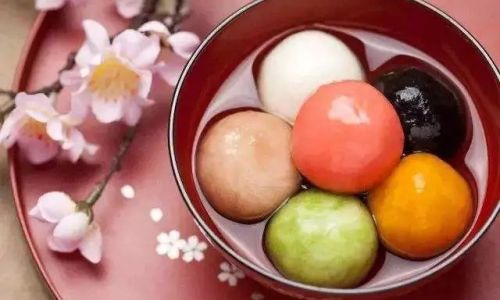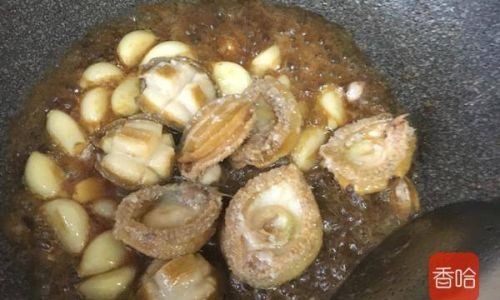Introduction
The lotus flower, revered across cultures for its symbolism of purity, enlightenment, and resilience, has long inspired artists, poets, and thinkers. In recent years, this iconic bloom has found its way into the culinary world, transforming ordinary meals into edible masterpieces. One such innovation is the lotus-inspired edible plate, a fusion of gastronomy and artistry that delights both the eye and the palate. This article delves into the intricate process of creating a plate adorned with a lotus design using edible materials, blending tradition with modern culinary techniques. Whether you’re a seasoned chef, a hobbyist cook, or an art enthusiast, this guide will equip you with the knowledge to craft a stunning edible canvas that celebrates nature’s beauty.
The Philosophy Behind the Lotus Plate
Before diving into the technicalities, it’s essential to grasp the cultural significance of the lotus. In Buddhism, the flower represents spiritual awakening, as it emerges pristine from murky waters. Similarly, in Hinduism, it symbolizes divine beauty and purity. By replicating this imagery on a plate, chefs and home cooks alike can evoke a sense of tranquility and mindfulness during meals. The lotus plate is not merely a serving vessel—it’s a conversation starter, a meditation aid, and a testament to the harmony between food and art.
Materials and Tools Required
To embark on this culinary journey, gather the following materials:

- A plain white ceramic plate: Opt for a shallow, wide-rimmed plate to provide ample space for design.
- Edible dyes or food-safe coloring: Gel-based dyes in shades of pink, white, and green work best for realistic lotus hues.
- A fine-tipped paintbrush: Use a clean, food-grade brush for precise strokes.
- Edible gold leaf or luster dust (optional): For adding metallic accents to petals or stems.
- Fresh vegetables and fruits: Thinly sliced radishes, cucumber, or beetroot for petals; kiwi or avocado for leaves.
- A small bowl of water: For rinsing brushes and thinning dyes.
- Tweezers: For delicate placement of edible decorations.
- Edible glue or a mixture of cornstarch and water: To adhere elements like gold leaf.
- A paper towel: For blotting excess moisture.
Step-by-Step Guide to Crafting the Lotus Plate
Preparing the Canvas
Begin by thoroughly cleaning the ceramic plate with warm soapy water to remove any residues. Dry it completely, as moisture can cause dyes to bleed. If desired, apply a base coat of diluted white dye to create a pristine background, though a bare white plate often suffices for a minimalist aesthetic.
Sketching the Lotus Outline
Using a food-safe pencil or a toothpick dipped in diluted dye, lightly sketch the lotus design onto the plate. Start with a small circle at the center to represent the pistil, then draw overlapping petals radiating outward. Add curved lines for the stem and a pair of floating leaves nearby. This outline serves as your roadmap; don’t worry about perfection—natural asymmetry mimics the organic beauty of a real lotus.
Painting the Petals
Dip your brush into pink or magenta dye and gently stroke along the petal outlines. For depth, blend the color from the base (darker) to the tip (lighter). Allow each petal to dry slightly before adding adjacent ones to prevent smudging. For a gradient effect, mix a touch of white dye into the pink as you move toward the petal tips.
Adding the Pistil and Stamen
The lotus’s center, or pistil, can be crafted using saffron-tinted mashed potato or a quail egg yolk. Pipe a small mound at the heart of the flower using a piping bag. Surround it with delicate stamen made from slivered almonds or thin strands of carrot, dipped in edible glue for adhesion.
Creating the Stem and Leaves
Using green dye, paint a sinuous stem extending from the flower to the edge of the plate. For leaves, slice cucumber or kiwi into oval shapes and etch vein patterns with a knife. Attach them to the stem using edible glue, angling them slightly upward to mimic natural growth.
Incorporating Edible Elements
Now comes the three-dimensional aspect. Layer thinly sliced radish or beetroot petals around the painted design, overlapping them like real lotus花瓣. Use tweezers to position each slice precisely. For added texture, sprinkle microgreens or edible flower petals (e.g., pansies) around the base.
Finishing Touches
Enhance the lotus with edible gold leaf accents on select petals or leaves. Brush a tiny amount of edible glue onto the desired area, then gently press the gold leaf onto it. Use a dry brush to smooth out wrinkles. Finally, mist the entire plate with a light coating of cooking oil to impart a subtle sheen, enhancing visual appeal.

Tips for Success
- Patience is key: Allow each layer of dye to dry completely (5–10 minutes) before proceeding.
- Practice strokes: Test your brush techniques on parchment paper before applying dye to the plate.
- Temperature control: Avoid placing hot foods directly on the design, as heat can cause dyes to fade.
- Storage: If preparing in advance, store the plate in a cool, dry place covered with plastic wrap to prevent dust accumulation.
Cultural Adaptations and Innovations
The lotus plate’s versatility allows for endless creative interpretations. In Japanese cuisine, chefs might use wasabi-dyed petals to evoke a serene pond, while Indian cooks could incorporate turmeric-yellow hues for a festive touch. For a modern twist, experiment with dehydrated fruit slices or geometric patterns inspired by abstract art. The lotus’s timeless symbolism ensures it transcends cultural boundaries, making it a universally appealing motif.
Serving Suggestions
Pair your lotus plate with complementary dishes to enhance the dining experience. A clear broth soup served alongside allows the plate’s design to shine, while a light salad with herbs like mint or cilantro echoes the lotus’s natural habitat. For dessert, a coconut panna cotta garnished with edible flowers continues the floral theme. Consider serving the plate at cultural celebrations, wellness retreats, or upscale dinner parties to spark conversations about art and sustainability.
Troubleshooting Common Issues
- Smudged dye: Immediately blot the area with a dry paper towel and repaint once dry.
- Uneven petals: Use a toothpick to redefine edges or add highlights with white dye.
- Wilting vegetables: Soak sliced ingredients in ice water for 10 minutes to crisp them before assembly.
The Future of Edible Art
As diners increasingly seek immersive, multi-sensory experiences, edible plate art like the lotus design represents the vanguard of culinary innovation. Chefs are now collaborating with artists to create themed tableware that tells a story, from oceanic scenes crafted with seaweed to autumn forests made of sushi rice. The lotus plate, with its blend of symbolism and aesthetics, exemplifies this trend—a reminder that food is not just sustenance but a medium for expression.
Conclusion
Crafting a lotus-inspired edible plate is a meditative act that bridges creativity and craftsmanship. It invites us to slow down, appreciate the present moment, and reconnect with the natural world. Whether displayed as a centerpiece at a gathering or enjoyed as a solitary meal, this edible artwork transforms eating into a ritual. So gather your materials, channel your inner artist, and let the lotus bloom on your plate—a testament to the beauty that arises when art and nourishment intersect.





0 comments